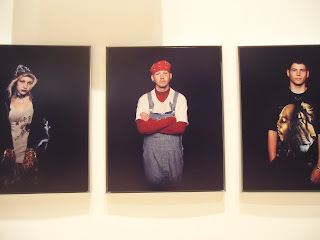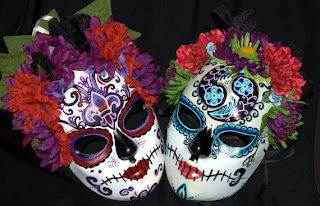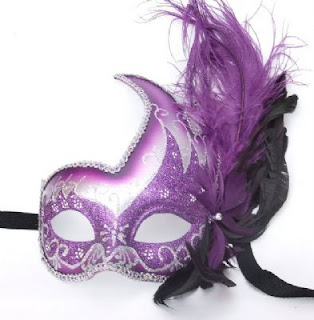1. For each video list/discuss the key concepts you learned.
An Acquiring Mind:
The first hurdle of getting an artwork into The Met is
presenting it to the director of the museum.
Philippe wants quality, and always attempts to remain objective and keep
his personal tastes out of his decisions.
Identifying outstanding works to go to the director of The Met is the
job of over 100 curators and assistants.
Requests for purchase must first go through “The Dry Run” in which the
person proposing the piece has 5 minutes to sell it to the Director before it
goes to the Board of Trustees. The Met
has numerous conservators that are experts in their perspective fields and are
able to re-create ancient and modern techniques in works that need
restoration. Some conservators even use
x-rays to examine the objects in need of restoration. Many of the artworks become even more
stunning and beautiful when the history and restoration of them are
revealed.
Native American Archaeology:
Archaeologists all over American have been studying Native
American remains for years. Countless
remains can be found in museums across the country, with individuals using them
to find out more about the human race.
However, some individuals find this to be disturbing and
disrespectful. Many Native Americans
believe that the archaeologists are tainting the sacred burial grounds and
remains of their people. They do not
view it as helping science; they view it as harming their ancestors. Laws have been put into place that these
remains must be returned to the Native Americans, stopping archaeologists from
continuing their research.
Displaying Modern Art:
Tate Modern created a new way of displaying modern art,
and is now characteristic of modern art museums. The art was categorized by art movement, and
shown in chronological order so that the public could see how one movement
flowed into the next and inspired similarities and differences. Artists quickly began to push the boundaries
of this categorization, so the way in which art was displayed needed to
change. The art was displayed in 4
sections, a thematic approach: landscape, still-life, history, and the
nude. These themes transformed even
further becoming Landscape/Matter/Environment, Still Life/ Object/ Real Life,
History/ Memory/ Society, and Nude/ Action/ Body. Some critics were displeased however, by the
abrupt transitions from room to room in the museum.
West Coast Pop Art:
Lowbrow is usually in reference to an artist with no
taste. However, Lowbrow artists look at
themselves as being for the people, having heart, being rebellious, and having
balls. People can actually recognize the
imagery they’re seeing because it references pop culture, car culture, and folk
art. Art galleries are usually unwilling
to display this type of art, but Laguna Art Museum was the first to showcase
these artists in a culture show. It took
some time, but eventually female artists began being introduced into the
Lowbrow culture. Punk rock culture
really embraced Lowbrow because many of the bands wanted to have Lowbrow
artworks on their album covers. Lowbrow
is becoming increasingly popular around the world.
2. Do the videos relate to the creation of your Art Exhibition
project? If yes, explain how. If no, explain why not.
Two out of the four videos pertain to our Art Exhibition
project. An Acquiring mind relates to
this project as it reviews how artworks in The Met have been displayed over the
years. It also explains the process that
an artwork must go through, and how many curators it must be approved by, to be
worthy of display in The Met. The
Displaying Modern Art video also pertains to our project as it discusses
different methods of categorizing and displaying art. Both of these videos allow us to understand
what goes into setting up an exhibit.
The Bones of Contention video is more of a history of what has happened
to Native American remains in archaeology.
The Lowbrow video is also more of a history and description of the
Lowbrow art culture. These videos do not
have much to do with curating an art exhibit, but they do give us insight into
different forms of art.
3. What is your opinion of the films? Do they add depth to
understanding of the art concepts you practiced while creating your curation
project?
I believe that these films will help me in creating my art
curation project. I have now been
introduced to the curation process as well as to different methods of
categorizing and displaying art. I
believe that these videos will help me to look for specific aspects of art when
I am creating my exhibit.












